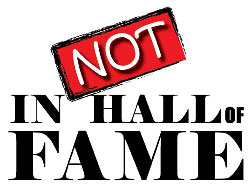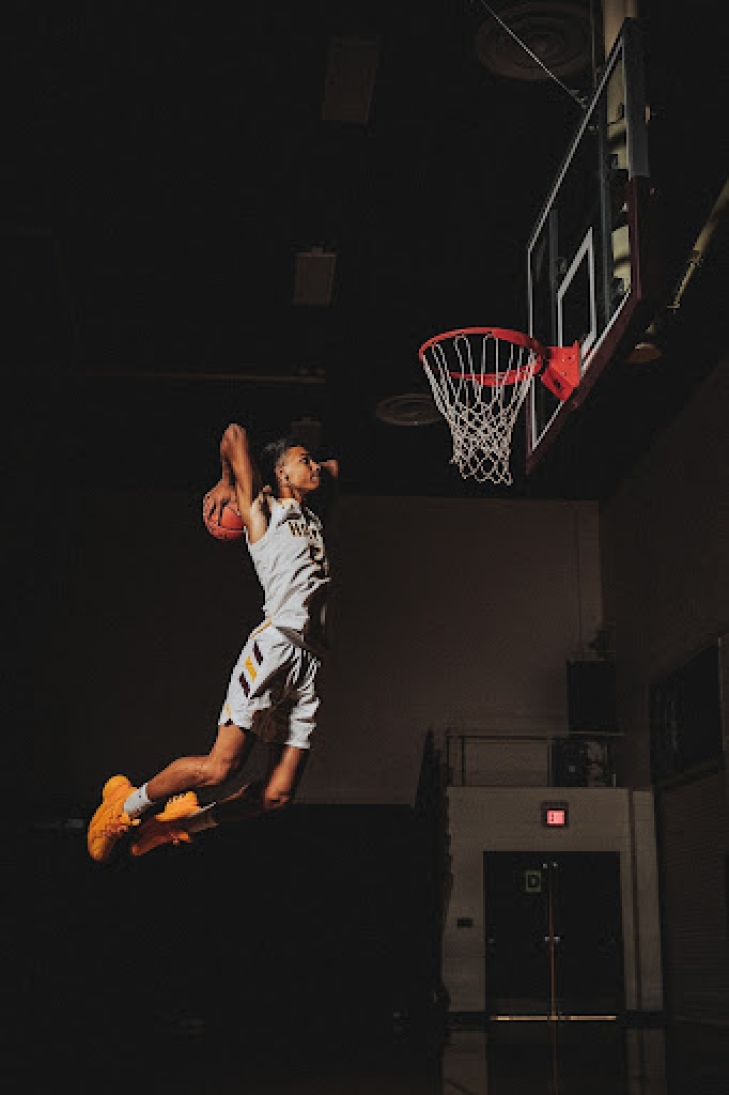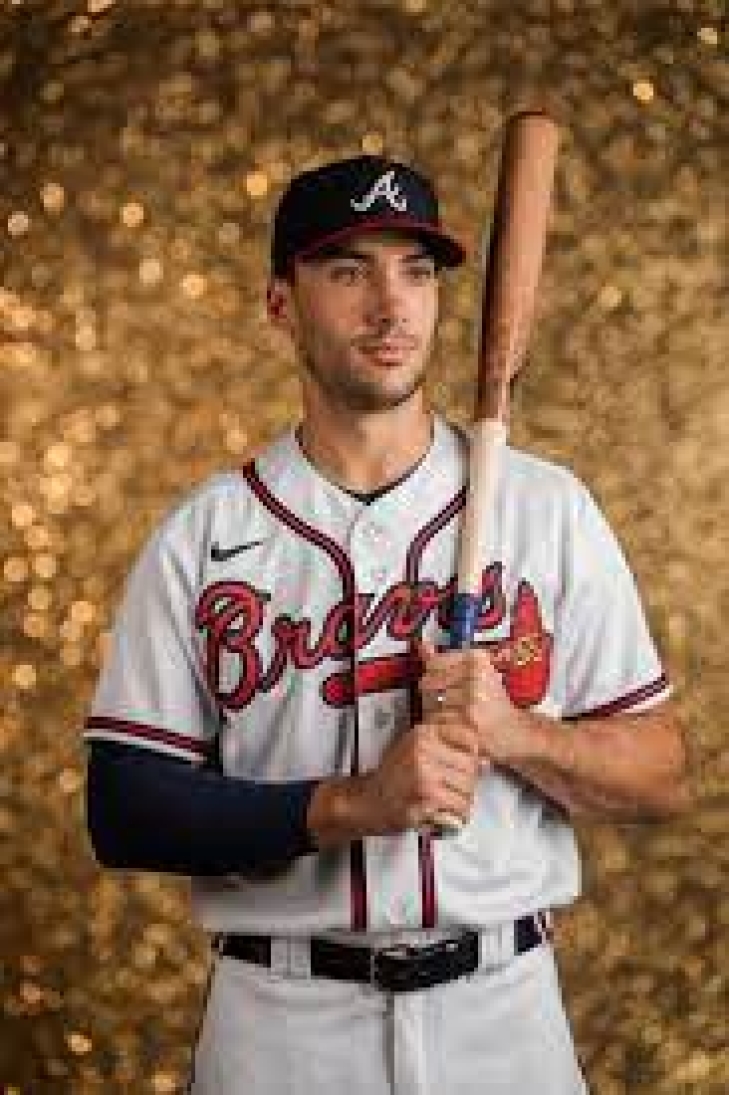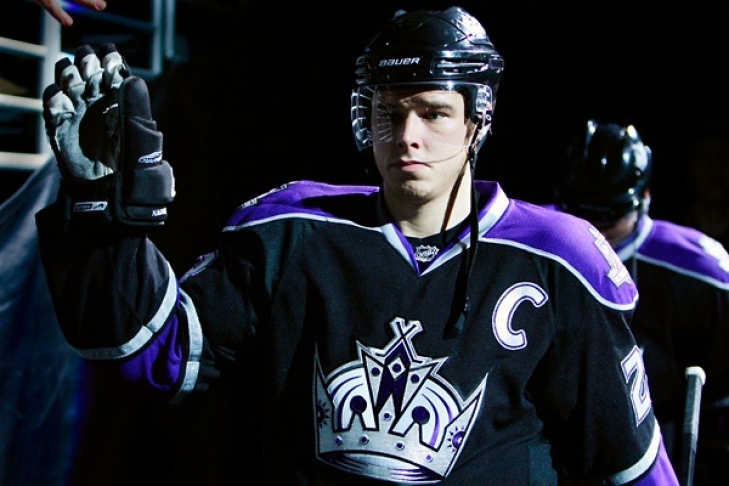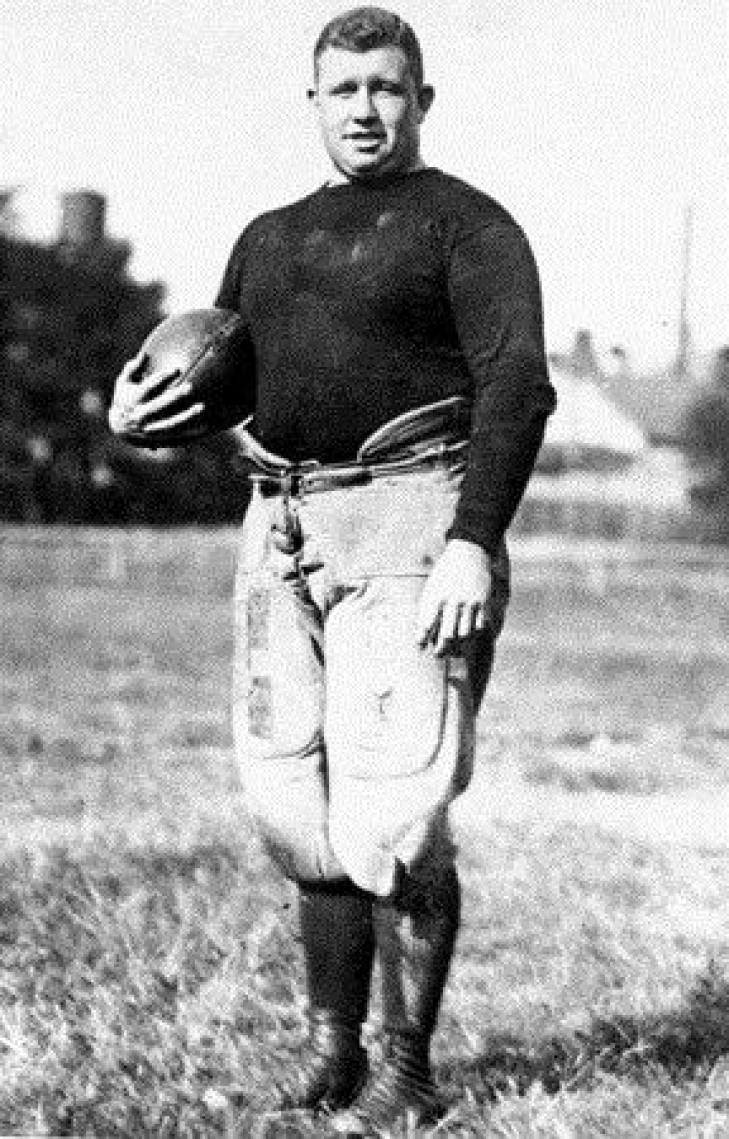
Committee Chairman
Modern Vintage Fusion: Where Nostalgia Meets Contemporary in Sports Attire
Sports attire has always been a reflection of the times.
It has evolved alongside fashion trends and technological advancements. In recent years, a captivating trend has emerged. It is the fusion of vintage and contemporary elements in sports clothing. This blend of nostalgia and modernity has given rise to a unique style.
This style celebrates the past. But also, it caters to the tastes of the present generation.
In this article, we will explore the evolution of conventional sports attire. And also the integration of vintage fashion into contemporary designs. We will also look at the reasons why modern vintage fusion clothing is becoming more popular.
What is Meant by the Conventional Sports Attire?
Conventional sports attire is traditional clothing.
It is what athletes wear during games. One can characterize it by simplistic designs. Athletes will find the materials useful for performance and comfort.
In the early days of sports, they donned basic cotton uniforms for the same reason. They allowed ease of movement. But such uniforms lacked any notable style or branding.
As sports gained popularity, so did the need for team identification and branding. It led to the introduction of logos and team colors. Some specific designs represented different athletic organizations. Those designs also sprung up.
Over time, conventional sports attire became more standardized. Designers included fabrics and technologies. These were to increase the performance and durability of sportswear.
How has Conventional Sports Attire Evolved Over the Years?
Significant milestones have marked the evolution of conventional sports attire. In the mid-20th century, synthetic materials like nylon and polyester changed sports clothing.
These fabrics have improved moisture-wicking properties and durability. Also, these clothes are ideal for various sports activities.
As sports became a cultural phenomenon, the demand for stylish sports apparel grew. Designers started incorporating fashionable elements into sports attire. It laid the foundation for the eventual fusion of vintage and contemporary styles.
The 1970s and 1980s, in particular, saw the emergence of iconic sports looks. Examples are tracksuits and sneakers, which have continued to influence modern fashion trends.
How are Contemporary Designers Including Elements of Vintage Sports Fashion in Modern Outfits?
Contemporary designers are blending vintage sports fashion with modern aesthetics today. It is to create unique and appealing sports attire for everyone. Here's how they achieve this fusion:
- Retro-Inspired Designs
Designers often draw inspiration from iconic sports looks of the past. Examples are such as NBA vintage tees, classic team logos, and retro color schemes. They reimagine and reinterpret these elements in contemporary silhouettes. Thus, they breathe new life into nostalgic designs.
- Vintage Logos and Branding
Contemporary sports attire features vintage team logos, retro fonts, and throwback branding. The incorporation of historical insignia evokes feelings of nostalgia. Also, it pays homage to the rich heritage of sports.
- Color Palettes
Designers experiment with vintage-inspired color palettes. They combine bold primary colors with muted pastels reminiscent of older sports uniforms. These color combinations create a sense of familiarity. They also remain appealing in the modern context.
What Factors Have Led to a Sudden Rise in People Wearing Vintage Sports Attire Nowadays?
Various factors contribute to the increase in the popularity of vintage sports attire in contemporary fashion. Let's take a look below:
- Nostalgia
Nostalgia has a powerful effect on fashion. It allows individuals to reconnect with their past and evoke sentimental memories. Vintage sports attire enables people to relive iconic sports moments. Plus, they also get to celebrate the heritage of their favorite teams.
- Retro Trend Revival
The revival of retro fashion trends has been a dominant force in the fashion industry for some time. People get drawn to the unique styles of the past. Plus, vintage sports attire aligns with the resurgence of nostalgic looks.
- Athleisure Boom
There is a boom in the trend of athleisure wear. It has blurred the lines between sports clothing and casual fashion. Vintage sports attire fits into the same trend. Yet it offers a comfortable and stylish option for daily wear.
Top 3 Brands That Have the Best Vintage Sports Looks for You
1. Mitchell & Ness
Mitchell & Ness is famous for its authentic vintage sports apparel and accessories. The brand is famous for making high-quality copies of sports jerseys, jackets, and caps. Mitchell & Ness's attention to detail is commendable. They also commit to preserving sports heritage. Thus, they are a top choice for vintage sports enthusiasts.
2. VintageBrand
VintageBrand is a classic brand that has made quite a name for itself in the world of sports apparel. It's known for its iconic retro-inspired designs. They offer a range of vintage sports looks that have stood the test of time. Their hoodies, sweatshirts, vintage soccer tshirts, and other items are bestsellers. These products have a nostalgic charm that appeals to sports and fashion fans.
3. Nike Sportswear
Nike Sportswear combines vintage elements with modern innovation. They specialize in creating a mix of old and new styles. The brand's vintage-inspired collections feature throwback logos and designs. These celebrate the heritage of sports. The brand's focus is on both style and performance. Thus Nike offers an array of vintage sports looks suitable for every occasion.
Endnote
Modern vintage fusion represents a beautiful blend of past and present. It draws inspiration from nostalgic designs. They incorporate such designs into contemporary silhouettes.
In this way, the designers have unlocked a unique and captivating style. This style resonates with fashion enthusiasts and sports fans alike.
The mix of nostalgia and modernity in sports attire lets people celebrate their favorite teams and moments. Also, they offer a fresh and appealing approach to contemporary fashion trends.
Whether worn on game days or as daily outfits, vintage sports attire is a powerful expression. It combines heritage with the style that continues to shape the fashion world.
Sep 4 Update: Notinhalloffame MLB Cup Standings.
It is with great pleasure that we continue the third annual Notinhalloffame MLB Regular Season Cup, and let us explain how this works:
With every single regular season game, we anointed the best five players in the game with descending points, 5-4-3-2-1.
We knew the following:
- The top players for the MLB NIHOF Cup are not always the best in the league, as injuries keep players out of games, and a premium on staying healthy can help pile up points. It also does not hurt to be a top player on an average or mediocre team, as they can amass Cup points easier that elite players on loaded squads.
- In Baseball, it is more common than in Basketball and Hockey for a player to accrue points with a single Home Run in a game, and overall favors position players. Starting Pitchers have a hard time with approximately 30-35 Starts and throwing less innings than in previous generations. This also is true for closers, which is not made for this process.
- Please remember, that this is NOT necessarily who we think were the best players this year, and does not reflect overall consistency. Treat this the way did, as a fun process and more of a compilation of temporary statistical domination.
At present 1,067 (up from 1,052 last week) players have generated at least one Cup Point.
So, MLB players! Get your agents to work winning this into your contracts!
This is the sixteenth update, with standings as of the morning of September 11.
1. Shohei Ohtani: Los Angeles Angels, Designated Hitter & Pitcher: (Ranked #1 Last Week)
202 Cup Points, 135 Games, 1.50 Cup Points per Game, 44 Home Runs, 95 Runs Batted In, 20 SB, .304/.412/.654, 10.1 bWAR & 10-5, 3.14 ERA, 167 SO, 1.061 WHIP.
The Notinhalloffame Cup is built for Ohtani, who can compile points in two different avenues; the only one who can do so, although he has been shut down on the mound for the rest of the year, and has missed the last six games. It will be hard for him to lose the cup (though Mookie Betts and Ronald Abuna are making us ponder that), but he won’t be able to compile any more stats pitching wise, as he was shut down on the mound. With his bat, Ohtani is the current AL leader in Offensive bWAR (5.9), Home Runs (44), Triples (8), Walks (91), OBP (.412), Slugging (.654), OPS (1.066), OPS+ (182) and Total Bases (325), while also placing third in RBIs (95), and fourth in Batting (.304). The AL MVP is his to lose, and we don’t think he will.
2. Ronald Acuna: Atlanta Braves, Outfield: (Ranked #3 Last Week)
185 Cup Points, 141 Games, 1.31 Cup Points per Game, 35 Home Runs, 91 Runs Batted In, 64 SB, .336/.417/.586, 7.1 bWAR.
Acuna leads all National League batters in Stolen Bases (64), Hits (192), Runs Scored (128), OBP (.417) and Total Bases (335). He is also second in bWAR (6.8), Batting (.336) and OPS (1.002) and is third in Slugging (.586) and OPS+ (164). Acuna is also the runaway leader in Power-Speed # (45.3).
3. Mookie Betts: Los Angeles Dodgers, Outfield: (Ranked #2, Last Week)
184 Cup Points, 133 Games, 1.38 Cup Points per Game, 38 Home Runs, 99 Runs Batted In, 11 SB, .314/.411/.609, 8.0 bWAR.
Betts has been on fire over the last month, propelling himself to second before relinquishing it back to Acuna. In the National League, he took over the top spot in Slugging (.609), OPS (1.020), OPS+ (172) and bWAR (8.0) and has moved up to fifth in Batting (.314) and third in OBP (.411). Betts has also climbed to second in Runs (118), third in RBIs (99) and fourth in Home Runs (38).
4. Matt Olson: Atlanta Braves, First Base: (Ranked #5 Last Week)
164 Cup Points, 142 Games, 1.16 Cup Points per Game, 48 Home Runs, 121 Runs Batted In, 1 SB, .277/.384/.603, 5.9 bWAR.
Olson has the National League lead in both Home Runs (48) and RBIs (121), and is second in Slugging (.603), fourth in OPS (.987) and OPS+ (158) and seventh in OBP (.384). He is enjoying the best year of his career.
5. Freddie Freeman: Los Angeles Dodgers, First Base: (Ranked #4, Last Week)
155 Cup Points, 142 Games, 1.11 Cup Points per Game, 25 Home Runs, 91 Runs Batted In, 18 SB, .336/.415/.573, 6.2 bWAR.
Freeman has the NL lead in Doubles (54), while also currently placing second in Batting (.336), OBP (.415), and OBP+ (165) third in OPS (.988) and fourth in Slugging (.574). He is also second in Hits (189) third in Runs (115) and eighth in RBIs (91).
6. Kyle Tucker: Houston Astros, Outfield: (#7, Last Week)
146 Cup Points, 134 Games, 1.04 Cup Points per Game, 26 Home Runs, 103 Runs Batted In, 28 SB, .290/.375/.513, 4.5 bWAR.
Tucker took over the American League in RBIs (103), and in regards to the Slash Line, Tucker is fifth in Slugging (.511) and sixth in Batting (.290), and OBP (.375). He is also in the top ten in Hits, Home Runs, Stolen Bases and Extra Base Hits.
7. Juan Soto: San Diego Padres, Outfield: (Ranked #6, Last Week)
145 Cup Points, 138 Games, 1.05 Cup Points per Game, 28 Home Runs, 85 Runs Batted In, 8 SB, .256/.398/.481, 4.3 bWAR.
Soto is the National League leader in Walks (119) and is fourth in OBP (.398), and sixth in OPS (.879).
8 (TIE). Corbin Carroll: Arizona Diamondbacks, Outfield: (#8, Last Week)
141 Cup Points, 139 Games, 1.01 Cup Points per Game, 24 Home Runs, 69 Runs Batted In, 49 SB, .284/.365/.518, 5.2 bWAR.
The Diamondbacks have the likely National League Rookie of the Year in Carroll who is in the top ten in bWAR, Runs, Stolen Bases, Batting, OBP and Slugging and is first in Triples (8).
8 (TIE). Kyle Schwarber: Philadelphia Phillies, Outfield: (Not in the Top Ten, Last Week)
141 Cup Points, 137 Games, 0.96 Cup Points per Game, 43 Home Runs, 94 Runs Batted In, 3 SB, .198/.347/.483, 0.8 bWAR.
Despite the very low bWAR and Batting Average (.198), Schwarber gets on base, has power, and when it matters, he is often clutch. This is his first foray into the top ten, and Schwarber has always been a player that Managers love, providing there is only one of him on the team. He is second in the NL in Home Runs (43) and fifth in RBIs (94).
10. Rafael Devers: Boston Red Sox, Third Base: (Ranked #9 Last Week)
135 Cup Points, 135 Games, 1.00 Cup Points per Game, 29 Home Runs, 93 Runs Batted In, 3 SB, .272/.344/.503, 3.0 bWAR.
Devers remains a surprise being so high as he was not in the All-Star Game, nor was considered a significant snub. He and is currently sixth in the AL in RBIs (93) and Home Runs (29), and seventh in Slugging (.503).
Houston’s Alex Bregman fell out of the top ten.
Our next update will be the afternoon of September 18.
Dustin Brown and Jamie Langenbrunner named to the U.S. Hockey Hall of Fame
The United States Hockey Hall of Fame announced five new members into their Minnesota-based institution, which comprises Dustin Brown, Jamie Langenbrunner, Brian Burke, Katie King Crowley and Brian Murphy.
Brown played all 18 of his NHL seasons with the Los Angeles Kings where the pounding Right Wing scored 712 Points and was the team captain for their Stanley Cup wins in 2012 and 2014. An All-Star in 2009, Brown also won the Mark Messier Leadership Award in 2015. Representing the United States, Brown played in two Olympic Games, winning Silver in 2010. He also played in four World Hockey Championships, and has a Bronze Medal from the 2004 competition.
Langenbrunner also played 18 years in the NHL, though this Right Wing played for three different teams, Dallas, New Jersey and St. Louis. Winning a Stanley Cup with the Stars in 1999 and the Devils in 2003, Langenbrunner amassed 663 NHL Points. Internationally, Langenbrunner was the captain of the U.S. Silver Medal Winning Team at the 2010 Olympics, and also played at the ’98 Games and the 2004 World Cup of Hockey.
Burke had a long career as an administrator, punctuated with a Stanley Cup Championship as the Anaheim Ducks GM in 2007, and he was also the GM of the U.S. Silver Medal Team in 2010. He is currently serving as the Executive Director of the new Professional Women’s Hockey League.
King Crowley scored 14 Goals for the U.S. in the Olympics and she helped her nation win Gold in Nagano in 1998. She is currently the Head Coach of the Women’s Hockey Team at Boston College where she has led her squad to six Frozen Fours.
Murphy is one of two Americans to have officiated in over 2,000 Games. He has also officiated in nine Stanley Cups.
We here at Notinhalloffame.com would like to congratulate the new and impending members of the U.S. Hockey Hall of Fame.
The Pro Football Hall of Fame Revisited Project: 1948 FINAL VOTE
Here we are! Again!!
If you have been following our Pro Football Hall of Fame Revisited Project, you know that we have asked the rhetorical question…what if the PFHOF began in January of 1946?
After soliciting and obtaining a passionate group of football fans and historians, we sent out a ballot for a Preliminary Vote, which we asked each voter to give us 25 names as their semi-finalists, and 5 in the Senior Pool. Following that, we asked the group to vote for their 15 Finalists in the Modern Era, and 3 in the Senior Category. The final stage was to vote for their 5 Modern Era inductees and 1 Senior inductee.
This is the result of the third official class;
Below, are the final results of this project based on 32 votes:
This is for the “Modern Era”
*Bold indicates they have been elected to the Pro Football Hall of Fame Revisited Class of 1948:
|
Player |
Year of Eligibility |
Vote Total |
|
Duke Slater T |
12 |
21 |
|
Pete Henry T |
15 |
19 |
|
Guy Chamberlin E-WB |
16 |
18 |
|
George Trafton C |
12 |
16 |
|
Benny Friedman TB-DB |
9 |
15 |
|
Joe Guyon WB-TB-BB-FB |
16 |
12 |
|
Johnny Blood TB-HB-WB-BB-DB |
5 |
10 |
|
Jimmy Conzelman BB-TB-HB-E |
14 |
8 |
|
Clark Hinkle FB-LB-HB-DB |
2 |
8 |
|
Lavvie Dilweg E |
9 |
7 |
|
Mike Michalske G-T-LB-BB |
8 |
7 |
|
Verne Lewellen B |
11 |
6 |
|
Dutch Sternaman HB-QB-FB |
16 |
5 |
|
Cliff Battles TB-FB-WB-DB |
6 |
5 |
|
Link Lyman T |
9 |
3 |
This is for the “Senior Era”
*Bold indicates they have been elected to the Pro Football Hall of Fame Revisited Class of 1946:
|
Charles Follis |
N/A |
19 |
|
Ted Nesser |
N/A |
7 |
|
Henry McDonald |
N/A |
4 |
|
1 person abstained |
About the 1948 Inductees:
Duke Slater T, MIL 1922, RII 1922-25, CRD 1926-31: Inducted in 1948 on the 3rd Ballot (technically his 12th year of eligibility). Was inducted into the actual Pro Football Hall of Fame in 2020.
One of the best Tackles of the 1920s, Duke Slater shattered barriers everywhere he went. A superstar at the University of Iowa where he was a three-time All-Big 10 Selection, Slater played two games for the Milwaukee Badgers before he signed with the Rock Island Independents where he played for four years. He signed with the Chicago Cardinals in 1926, making him the first African-American player who signed with a team still in existence. A Cardinal until 1931, Slater was consistently named an All-NFL player, which considering the racial bias that existed was a testament to his undeniable skill. Following his career, Slater would graduate from law school and later became the first African-American judge to serve on the Superior Court of Chicago.
Guy Chamberlin E, CHI 1920-21, CAN 1922-23, CLE 1924, FRN 1925-26 & CRD 1927: Inducted in 1948 on the 3rd Ballot (technically his 16th year of eligibility). Was inducted into the actual Pro Football Hall of Fame in 1965 as a Coach.
Chamberlin was inducted into the actual Pro Football Hall of Fame in 1965 as a Coach, but for the purposes of this exercise, he is here as a player, and deserves to be. An 1920s All-Decade End, Chamberlin was a legend at the University of Nebraska and he followed his hero, Jim Thorpe, to the Canton Bulldogs where in 1919 where he helped them win the Ohio Championship. Chamberlin then made history as a player winning the first four NFL Titles, the first two with Chicago and the next two back with Canton, where he also served as their Head Coach. A fifth title came with the Frankford Yellow Jackets in 1926 where he again had the dual capacity of playing and coaching.
Pete Henry T, CAN 1920-23 & 1925-26, NYG 1927 & POT 1927-28: Inducted in 1948 on the 3rd Ballot (technically his 15th year of eligibility). Was inducted into the actual Pro Football Hall of Fame in 1963.
A three-time All-American at Washington & Jefferson, Henry signed with the Canton Bulldogs in 1920 and played for them that very day. A two-way player, Henry was short and stout (5’ 11 and 245), and was nicknamed “Fats”, but that hid what was a premier athlete, and one of the largest players of his time. Henry was a First Team All-Pro in his first four seasons, and he helped lead the Bulldogs to two NFL Championships. The Tackle was also an excellent kicker and punter, setting marks for the longest Punt (94 Yards) and Longest Dropkick Field Goal (50 Yards).
George Trafton C, CHI 1920-32: Inducted in 1948 on his 3rd Ballot (technically his 12th year of eligibility). Was inducted into the actual Pro Football Hall of Fame in 1964.
George Trafton was one of the game’s first pure Centers, and a true innovator of the position. Trafton, who like all players from the 1920s, played 60 minutes, and he was with the Chicago Bears for his entire 148-Game career. Trafton was the first player to use one hand to snap the ball, and when he was on the defensive side, he was the first to rove. He would win two NFL Championships and was twice a First Team All-Pro.
Benny Friedman TB-DB, CLE 1927, DET 1928, NYG 1928-31 & BKN 1931-34: Inducted in 1948 on his 3rd Ballot (technically his 9th year of eligibility). Was inducted into the actual Pro Football Hall of Fame in 2005.
Benny Friedman played a large part in the evolution of passing, first as a two-time All-American at Michigan and then in the NFL. In his second season, Friedman led the league in Rushing and Passing Touchdowns, the first and to date only time that has occurred. The year after, in his first season with New York, threw 20 Touchdown Passes, a record that stood for years. Had a knee injury in 1931 not hampered his play, he would have been in the actual Pro Football Hall of Fame decades earlier. As for us, we are pleased to welcome him into our third Hall of Fame Class.
Charles Follis: Inducted in 1948 on the 3rd Senior Ballot. Was never inducted into the Pro Football Hall of Fame.
Charles Follis was nicknamed “The Black Cyclone” and he first played football with the Wooster Athletic Association in Wooster, Ohio. After a two-game series against the Shelby Blues, the team manager poached Follis to join their team. In 1904, he signed a contact with the Blues, making him the first African-American to be paid to pay professional football, and he is regarded as the finest player in team history.
